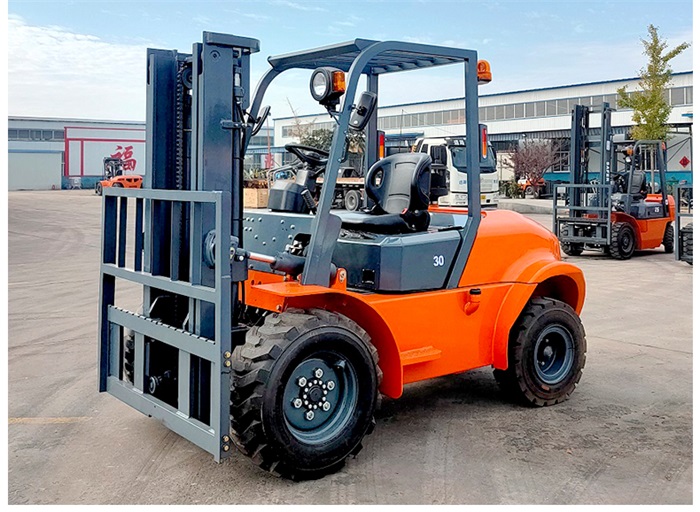Like most products, the forklift was born out of necessity. In this case, it was to move heavy materials short distances. In the early part of the 20th century, the forerunners to the modern forklift were powered hoists that were used to lift loads. World War I increased the need for development of material handling equipment due to the shortage of labor brought about by the war.
The start of World War II increased the use of forklift trucks in the war effort. Following WWII the use and innovation of the forklift has expanded around the globe. There was an increased need for more efficient ways to store products. Changes in the design of forklifts were created as the need developed for more maneuverable forklift trucks that could reach greater heights.
Today, forklifts are an vital piece of equipment in the supply chain logistics of many different industries. Below are three industries in which the forklift has become nearly indispensable.
Industry #1: Construction
The construction industry is heavily regulated with safety standards– and rightly so. Before the use of forklifts, construction sites would use ropes, pulleys and cables to move heavy materials such as crates and boxes. This increased the likelihood for injury and even death as the cables and ropes could snap at anytime.
Forklifts have been a great benefit to workers in helping them move heavy materials to different locations easily. They help increase productivity and help to ease the stress put on the workers’ bodies that can be caused by heavy lifting. It is because of these reasons that forklifts are used in the construction industry. They allow the movement of materials to be done efficiently and safely.
Industry #2: Shipping
If you’ve ever had the opportunity to drive by a shipping yard, chances are you were in absolute awe at the amount of containers. Each and every container is on its way to its own destination.







